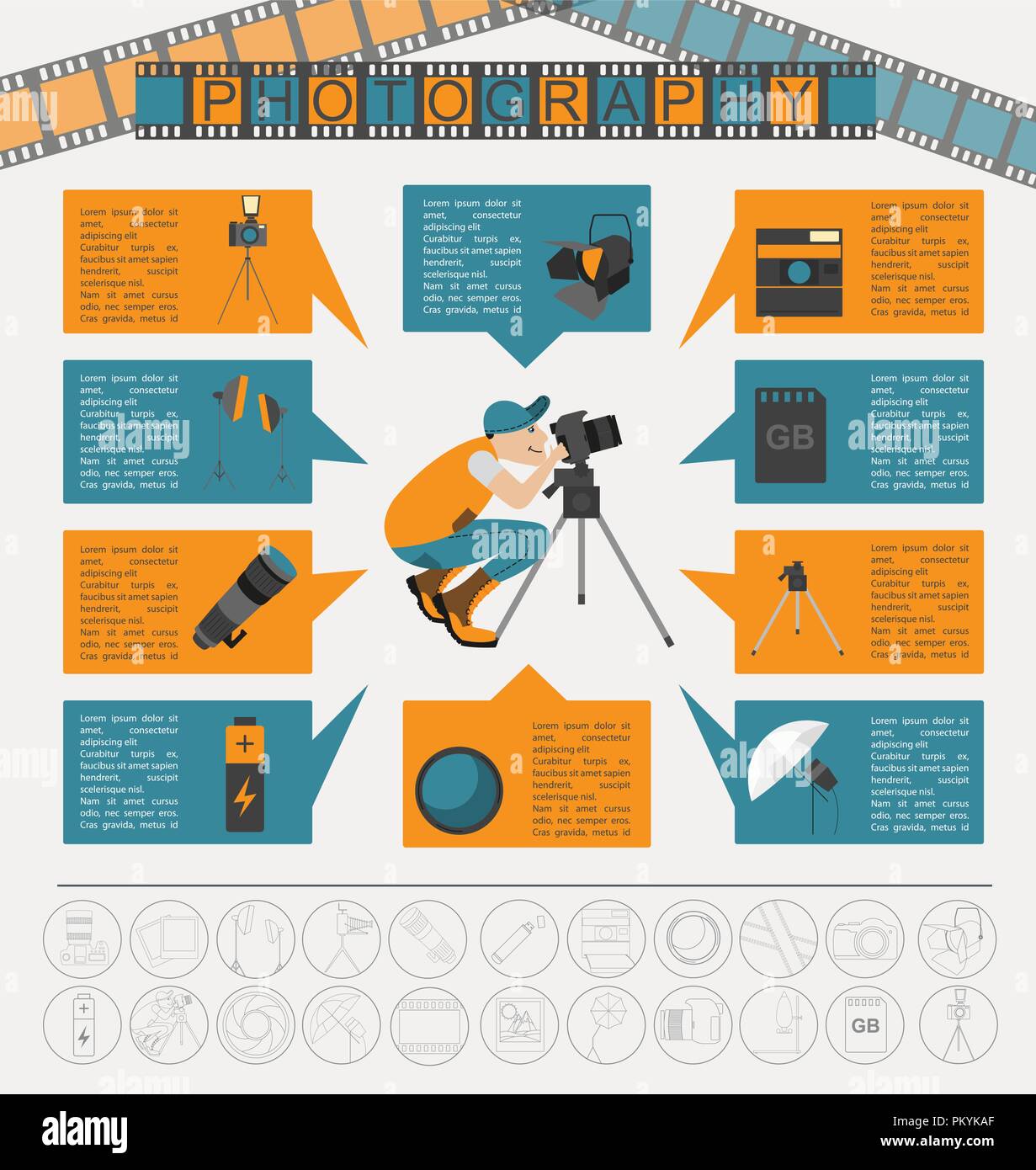Change Your Digital Photography By Grasping Lights Strategies That Can Boost Your Pictures-- Discover The Usual Pitfalls That Could Be Holding You Back
Change Your Digital Photography By Grasping Lights Strategies That Can Boost Your Pictures-- Discover The Usual Pitfalls That Could Be Holding You Back
Blog Article
Material Create By-Gillespie Fraser
As a photographer, you understand that lights can make or damage your pictures. Understanding the nuances of both all-natural and artificial light is necessary for recording the state of mind and quality you go for in your job. Whether you're going after the best golden hour glow or adjust your artificial configurations, mastering these elements can elevate your photography dramatically. Yet there are common pitfalls that lots of ignore, and identifying them can transform your method to every shoot. Let's explore what you may be missing and just how it can impact your results.
Comprehending Natural Light
Understanding natural light is crucial for any kind of photographer wanting to improve their job. It's the structure of great photography, affecting mood, tone, and clearness. When you shoot outdoors, pay attention to the moment of day. The gold hour-- shortly after sunrise and prior to sunset-- provides soft, warm light that can change ordinary scenes into spectacular pictures.
Do not take too lightly the power of overcast days. Cloud cover diffuses sunlight, producing a soft, even light that's best for portraits and macro digital photography. You'll discover shades appear this type of lighting without rough darkness.
Positioning matters, as well. Always consider your subject's orientation to the light. If the sunlight's behind your topic, you may wind up with a shape, which can be significant yet mightn't be what you want. Conversely, straight sunlight can develop unflattering shadows.
Trying out angles; in some cases, altering your viewpoint can generate incredible outcomes. Use natural reflectors, like water or sand, to jump light onto your subject, including measurement.
Mastering Artificial Light
Mastering artificial light is necessary for professional photographers who want to take their skills to the next level. Whether you're using speedlights, studio strobes, or constant lights, recognizing exactly how to control these resources can significantly improve your pictures.
Begin by https://squareblogs.net/travis4tona/comparing-popular-cameras-which-one-is-finest-for-you with the basics of light quality, instructions, and color temperature level. Explore various modifiers like softboxes, umbrellas, or grids to control the gentleness or violence of the light.
You'll locate that soft light often develops complementary results, while harsher light can add drama and deepness. Do not avoid Suggested Site can enhance the three-dimensionality of your topics.
Pay close attention to the placement of your lights. A light positioned also close to your subject can produce uncomplimentary results, while too far away can result in a lack of detail. Utilize a light meter or your camera's histogram to ensure you're exposing appropriately.
Lastly, remember that artificial light can be combined with ambient light for creative effects. Stabilizing these resources might take method, but once you master it, your photography will truly shine.
Strategies for Different Scenarios
When you enter different capturing circumstances, adjusting your lighting methods is critical for catching the best pictures. For outside portraits, utilize the gold hour-- early morning or late afternoon light-- to soften shadows and boost skin tones.
If it's a harsh midday sun, think about making use of a reflector to jump light back onto your topic or seek shaded areas for an extra also direct exposure.
In low-light circumstances, like indoor events, enhance your ISO and use a broad aperture to let in even more light. A tripod can help get rid of electronic camera shake, enabling longer exposures without blurring.
If you're shooting at evening, explore off-camera flash to develop dynamic lighting and depth in your pictures.
For product photography, make use of diffused lighting to prevent harsh reflections. Softboxes or light outdoors tents can assist attain this impact.
When photographing just click the up coming internet page , consider the direction of light and time of day, as it can significantly transform the state of mind of your shot.
Always be ready to readjust your setups and positioning based on the circumstance, as adaptability is crucial to grasping lights in digital photography.
Conclusion
In conclusion, understanding lighting is crucial to boosting your digital photography skills. Accept natural light's appeal during golden hour, and do not avoid try out man-made light strategies. By adjusting your approach to various situations, you'll capture sensational photos that resonate with feeling and clarity. Remember, the ideal lighting can transform a common shot into something phenomenal, so keep practicing and improving your understanding of both natural and man-made light. Pleased capturing!
